Save to My DOJO
In this blog post, you’ll learn all about Azure Proximity Groups, why they are necessary and how to use them.
What are Azure Proximity Placement Groups?
Microsoft defines Azure Proximity Placement groups as an Azure Virtual Machine logical grouping capability that you can use to decrease the inter-VM network latency associated with your applications (Microsoft announcement blog post). But what does that actually mean?
When you look at VM placement in Azure and the reduction of latency between VMs, you can place VMs in the same region and the same Availability Zone. With that, they are in the same group of physical datacenters. To be honest, with the growing Azure footprint, these datacenters can still be a few kilometers away from each other.
That may impact the latency of your application and especially application with a need for latency within the nanosecond ranges will be highly impacted. Such applications can be for example banking applications for low latency trading or financial stock operations.
Utilizing Azure Proximity Placement Groups for Optimal Performance
With Azure Proximity Placement Groups, you gain finer control over the placement of your virtual machines, ensuring that they are located in close physical proximity within the Azure infrastructure. By grouping VMs together based on their latency requirements, you can minimize network latency and improve the overall performance of latency-sensitive applications. This level of optimization is crucial for applications with strict latency requirements, such as high-frequency trading systems or real-time analytics platforms.
Proximity Placement Groups bring together as near as possible to achieve the lowest latency possible. Following scenarios are eligible for Proximity Placement Groups:
- Low latency between stand-alone VMs.
- Low Latency between VMs in a single availability set or a virtual machine scale set.
- Low latency between stand-alone VMs, VMs in multiple Availability Sets, or multiple scale sets. You can have multiple compute resources in a single placement group to bring together a multi-tiered application.
- Low latency between multiple application tiers using different hardware types. For example, running the backend using M-series in an availability set and the front end on a D-series instance, in a scale set, in a single proximity placement group.
All VMs must be in a single VNet like shown in the drawing below:
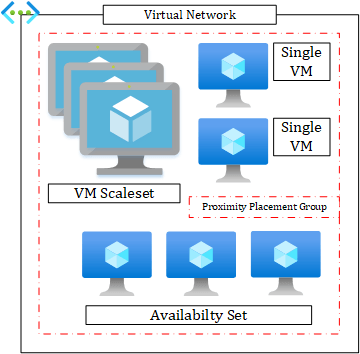
I wouldn`t suggest single VMs for production workloads on Azure. Always use a cluster within an Availability Set or a VM Scale Set.
How does that look like in an Azure Datacenter environment?
The following drawing shows the placement of a VM without Proximity Groups:
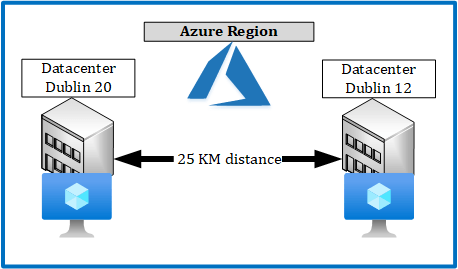
With Proximity Groups for a single VM, it could look like the following:
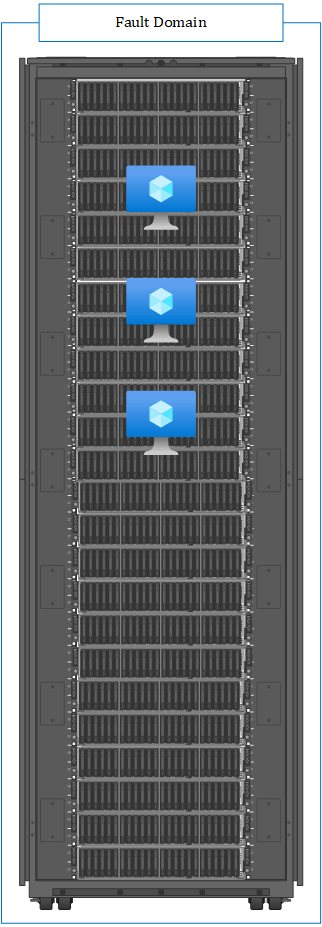
When you use availability sets for your VMs, the distribution can look like the following.
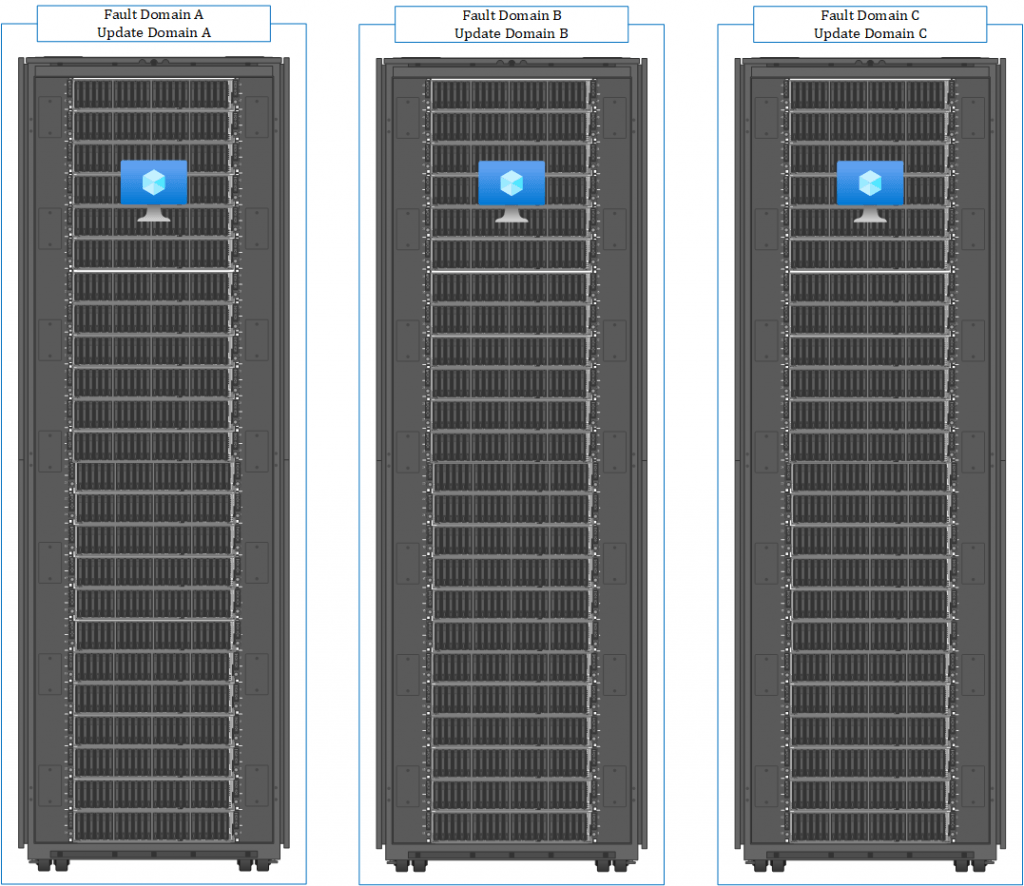
With that said, let’s learn how to set up a Proximity Placement Group.
How to set up a Proximity Placement Group
To set up a Proximity Placement Group is pretty easy.
Look for Proximity Placement Groups in the Portal:
Add a new group:

Select Subscription, Resource Group, Region and the name and create the group:
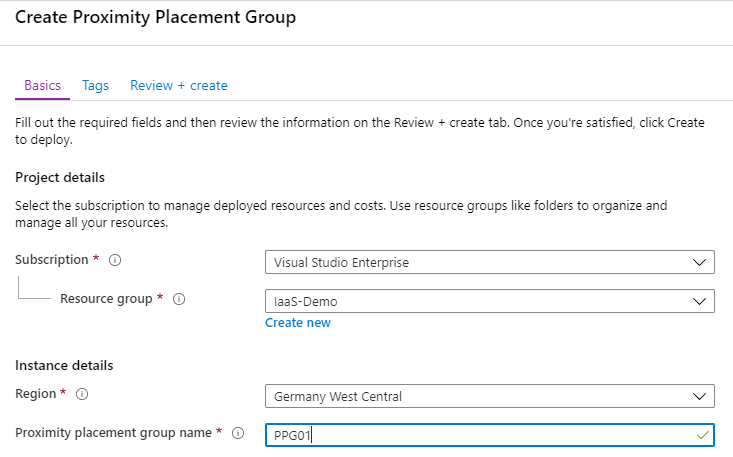
When you now create a VM you can select the Proximity Placement Group in the advanced tap:
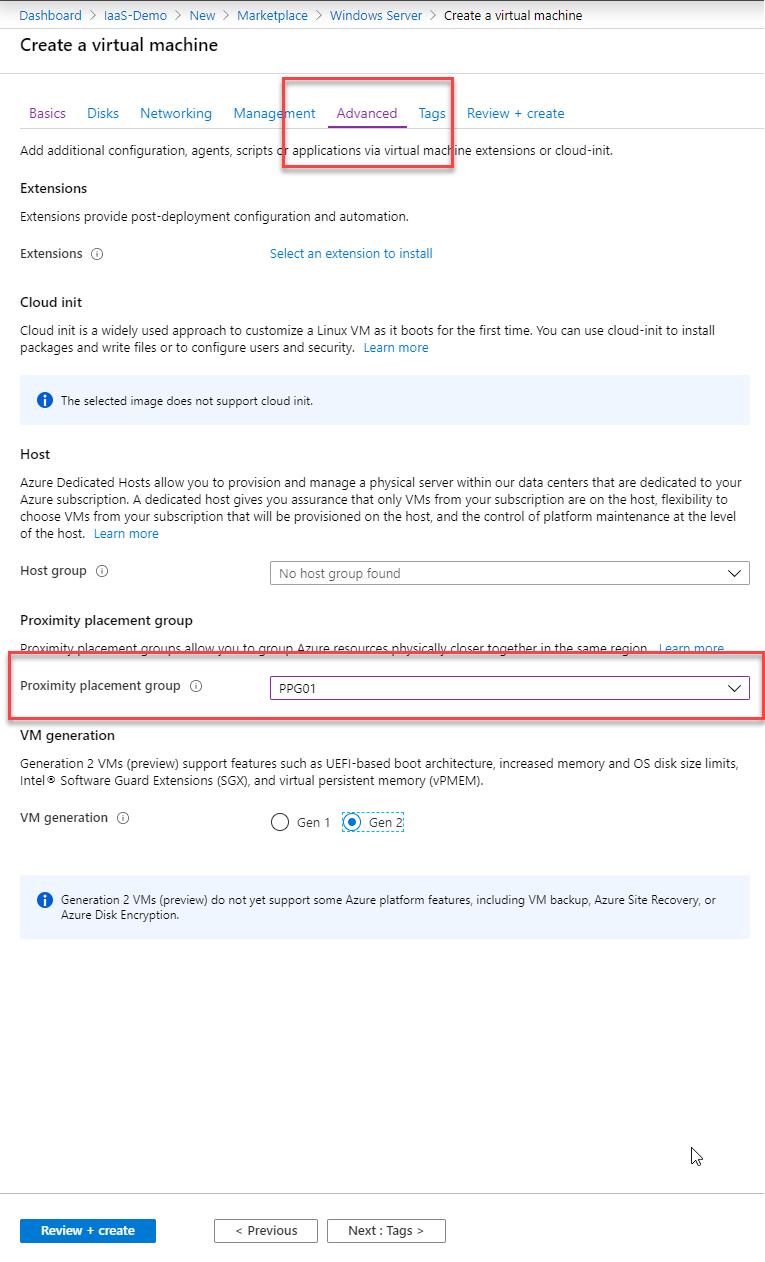
There is also the option to use PowerShell to deploy Proximity Groups.
Conclusion
The information in this blog post explains Proximity Groups and the ways to use them but if you’re stuck or if there’s something you need further explanation about, let me know in the comments below and I’ll get back to you!


Not a DOJO Member yet?
Join thousands of other IT pros and receive a weekly roundup email with the latest content & updates!










8 thoughts on "What Exactly are Proximity Placement Groups in Azure?"
PPG can span between multiple VNets ? in lab I could able to deploy multiple VMs with a PPG spanning 2 VNets
VM11
Virtual machine
Running
RG1
East US
Marketplace
–
Pay-As-You-Go
10.1.0.4
PPG
VM22
Virtual machine
Running
RG1
East US
Marketplace
–
Pay-As-You-Go
11.1.0.4
PPG
VM3
Virtual machine
Running
RG1
East US
Marketplace
–
Pay-As-You-Go
10.30.0.4
PPG
Hi Pankaj,
I assume that this is supported as I cannot find any restrictions in the documentation which indicate that it is not. Assuming that your Azure IaaS VM has multiple network interfaces, then they should be able to use different virtual subnets. Using the proximity placement group feature just means that these VMs are located within the same physical datacenter, but it should not impact their standard functionality.
Thanks,
Symon Perriman
Altaro Editor
Thanks for the information with pictures to clearly show the configurations
Incorrect. The documentation stated in the above pic, the text is half there but you can read it…
“PPG allow you to group Azure Resources physically closer together in the same REGION”
This is a HUGE point, and I just saw an pre-exam question from JustCerts on it.
Where they are kind of 50/50 on the explanation to the question/answer.
I Nic, thank you. I will correct the pic 🙂